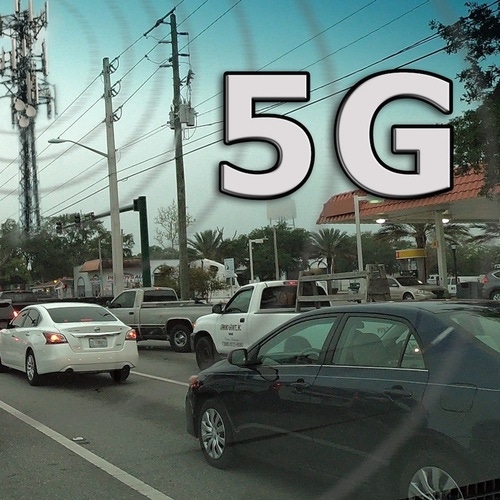
The FCC said it will conduct an auction of 70MHz of 3.5GHz CBRS spectrum on June 25, 2020. The action will release a relatively small but ideal batch of midband spectrum that operators like AT&T and Verizon could use for 5G.
"The 3.5 GHz band is prime spectrum for 5G services," FCC Commissioner Ajit Pai said in announcing the agenda for the agency's September open meeting, scheduled for Sept. 26. Apart from a vote on the CBRS auction, the agency will also vote on money for improving telecommunications networks in Puerto Rico and the U.S. Virgin Islands, ways to improve the nation's intercarrier compensation system, and rules governing the broadcast and satellite industries.
Operators like Verizon and AT&T have been urging the FCC to release more midband spectrum for 5G. Such spectrum offers the ideal balance between coverage and speeds, the operators argue. The FCC's 3.5GHz auction next year represents the first time the agency will release a significant amount of midband spectrum in a commercial auction since the dawn of 5G.
However, the 3.5GHz CBRS band isn't the spectrum that's generating the most interest for 5G. The FCC is also looking at ways to release C-Band spectrum for 5G. The C-Band sits between 3.7GHz and 4.2GHz, but is currently being used for the delivery of video. However, the FCC is evaluating ways to free up spectrum in the band for 5G. That effort is expected to produce far more spectrum -- between 200MHz and 500MHz for 5G -- and is therefore much more valuable to 5G providers than a mere 70MHz of 3.5GHz spectrum. The FCC is expected to vote on the C-Band in November, and some analysts expect the agency to release up to 300MHz of C-Band for 5G.
The FCC's 3.5GHz auction will follows on the heels of the agency's big low-band spectrum auction, the 600MHz incentive auction that ended in 2017. It also will follow several major high-band spectrum auctions by the FCC: the 24GHz and 28GHz auctions that ended earlier this year, and the 37GHz, 39GHz and 47GHz auctions scheduled to start in December. Due to the propagation characteristics of radio waves, low-band spectrum is ideal for covering large geographic areas but not great for providing fast speeds, while high-band spectrum can provide super-fast download speeds but can't cover large areas.
That the FCC has already scheduled a 3.5GHz spectrum auction is noteworthy considering the agency hasn't yet approved any commercial operations in the unlicensed portion of the band. (The 150MHz in the CBRS band will be split between 70MHz for unlicensed operations and 70MHz for licensed operations.) The FCC and the NTIA have been testing the unique spectrum-sharing technology that will allow the US Navy to share the 3.5GHz band with commercial operations, and both agencies must sign off on the technology before commercial operations can begin in the CBRS band. The NTIA has already given its approval for commercial CBRS operations, and the FCC is widely expected to give its own green light to commercial operations in the 3.5GHz band later this month. Those approvals would pave the way for initial commercial deployments in the CBRS band, albeit in unlicensed scenarios. Those interested in licensed scenarios will have to wait for the FCC to auction 3.5GHz spectrum licenses in June 2020.
Unlicensed spectrum can be used by anyone, and therefore can suffer from interference. Licensed spectrum, on the other hand, generally belongs to one licensee (like AT&T for example) and therefore doesn't suffer from interference. The FCC is the US government agency in charge of licensing the nation's radio waves.
— Mike Dano, Editorial Director, 5G & Mobile Strategies, Light Reading | @mikeddano
About the Author(s)
You May Also Like




_International_Software_Products.jpeg?width=300&auto=webp&quality=80&disable=upscale)







